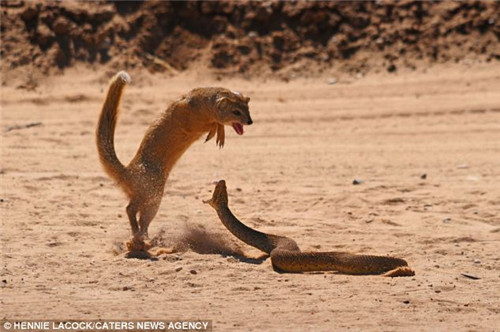Table of Contents
Putting it all together
Putting it all together
Ryan Schram
October 29, 2018
ryan.schram@sydney.edu.au
Social Sciences Building 410 (A02)
Available at http://anthro.rschram.org/1002/13.1
An introduction
This class is an introduction to cultural anthropology. Anthropology is a study of humanity in all of its diversity.
Cultural anthropology examines this diversity through the lens of culture.
To understand many contemporary issues, you need to understand culture and how culture influences how people think and act.
Thinking about culture
Culture is a system of ideas and values which people acquire from their social environment. It shapes how they see, think, and act. It surrounds the person. Culture is like water for a fish.
- What is normal for me, is strange for someone from another culture.
- To understand someone's cultural system, we have to see it from their viewpoint, not ours.
Learning to see culture is hard
Many people make a few big mistakes about the concept of culture
- “Everyone else is influenced by their culture, but I am not.”
- “Most cultures of the world have already died out, for better or worse.”
- “Every culture eventually loses its distinctive traditions and becomes modern.”
Cultures act on the world
When we put people's lives in a cultural context, we also recognize that social rules, social institutions, and cultural values can act on the world:
- Society and social forces are real. Social forces determine how individuals think, act and cooperate with each other. To understand why people live a certain way, we must look at how their life fits into a larger social context as part of a system.
- Societies are not fixed or inflexible. Social rules are not simply constraints on individual choices.
- Cultural differences are not accidents; they are part of a system. When people acquire cultural patterns of thought and behavior, they are also being recruited to a larger social whole which works toward specific goals.
- Cultures don't die. All cultures change, but changes in a culture do not mean that the culture is being lost. Many kinds of change help a culture to adapt to new kinds of situations, and find new ways to reproduce itself and continue to pursue its goals.
- Dichotomous categories often mislead us. Real situations cannot be understood in either-or terms. Modernity-tradition, rational-emotional, etc. distort the real situations in which people live.
Anthropology is a mirror, not a museum
Many people want to study anthropology so they can learn about other people. The point of studying anthropology is to learn about yourself through other people. We want insight into our own cultures and how they affect each of us.
Anthropology is a conversation, not a monologue
A symmetrical conception of cultural difference says that if Ryan is different than Auhelawa people, then the Auhelawa people are different from Ryan. Both Ryan and Auhelawa people have their own culture.
There is a limit to this way of thinking about difference, though: We assume that cultural differences exist in isolation.
Differences are more complex than this. No culture exists in isolation.
Global forces and cultural differences
- Capitalism
- Colonialism
- Global religions, e.g. Christianity and Islam
- transcultural discourses of conservation and sustainability
- global warming and its effects on local environments
These things don't just happen to local cultures. They are the products of particular cultures. Local cultures influence and determine how people relate to them.
Everything is mixed
Categories are not dichotomous; Many opposites are actually co-present.
- Tradition / modernity
- Developed / undeveloped
- Custom / rationality
- Gift / commodity
- Love / money
The snake and the mongoose
Once upon a time there was a snake and a mongoose…
Many opposites - values, ideas, institutions - are not binary, either-or. They are contradictions and they exist in an ambiguous tension which is both a source of conflict but also creativity.
Over to you
What questions do you have for me?
What items do you want me to present on Wednesday?
Reference
Lacock, Hennie. 2013. Cobra and Mongoose. Caters New Agency. http://news.xinhuanet.com/english/photo/2013-10/29/132841640_11n.jpg.


